In times of crisis, the way an organisation communicates can determine the extent of the damage inflicted and its ability to recover in a timely manner. Poorly handled communication can escalate the situation, impact your company’s reputation and erode the trust of your shareholders and clients. By contrast, clear, timely and transparent messaging can reassure stakeholders, reinforce leadership and restore confidence.
Examples from recent years highlight the contrast:
- When a major airline faced a data breach, its vague and delayed response fuelled customer frustration and media scrutiny.
- When a popular messaging service experienced a major global outage that disrupted messaging and access for users, the timely response made all the difference. The company’s transparent communication helped maintain user trust.
This article outlines five practical steps to help your organisation communicate proactively during a crisis. Whether facing operational disruptions, reputational threats or regulatory issues, this guidance is designed to support your ability to prepare, respond and recover with credibility and speed.
Key takeaways
- Use monitoring tools and team training to detect early signs of trouble.
- Draft and approve clear message templates for common crisis scenarios.
- Respond within the first 60-90 minutes with verified information and regular updates.
- Communicate with empathy, honesty and accountability.
- Evaluate your response, keep stakeholders informed and embed the lessons learned.
.jpg?width=408&height=780&name=ECS_EngageStream_5-Steps-to-Proactive-Communication_100925%20(5).jpg)
The 5 steps to proactive crisis communications
1. Detect early warning signs
The most effective crisis communication begins long before a crisis takes shape. By detecting early warning signs, you can address issues while they are still manageable and avoid reputational damage.
To identify risks early, it is essential to keep a close watch on public sentiment and operational feedback. This includes monitoring social media platforms, online review sites, media coverage, and customer service and investor interactions. Set up automated alerts and sentiment dashboards to flag negative trends or recurring complaints before they escalate.
Consider implementing:
- Sentiment analysis software
- Real-time social listening platforms
- Regular scenario planning sessions
- Monthly internal risk assessments
Train your staff
Organisations that respond well to early signals typically also have a cross-functional early warning system in place. This involves collaboration between communications, customer support, legal and leadership teams. Designating a dedicated crisis detection team ensures that you escalate and address risks quickly, using a clear chain of command and avoiding costly IR mistakes. Early detection gives you time to respond with facts, not fear.
2. Craft pre-approved key messages
In a crisis, clarity and consistency are non-negotiable. Preparing key messages in advance ensures that your organisation communicates confidently and credibly, even under intense pressure.
Create a set of pre-approved message templates for various crisis scenarios such as data breaches, product recalls or leadership changes. These templates should follow a clear structure: explain what has happened, outline what the company is doing about it and provide the next steps.
Tailor each version to suit different audiences. Employees, customers, regulators, investors and journalists all have unique concerns and expectations. One-size-fits-all messaging risks missing the mark or fuelling confusion.
Stick to clear and empathetic language
A calm, human tone goes a long way. Avoid jargon, vague phrases or overly polished corporate language. Be direct, show empathy and, where possible, offer reassurance. Legal and executive teams should approve these messages in advance to prevent delays when fast communication is essential.
Action step: Prepare key content assets
To ensure your team can respond swiftly, prepare the following in advance:
- Frequently asked questions (FAQs)
- Email and social media templates
- Internal briefing notes
- Holding statements for initial responses
These assets provide a ready-made starting point when the unexpected happens.
Pro tip
Spokesperson training is critical. Every person speaking on behalf of your organisation should be aligned in tone and content. Everyone must sing from the same hymn sheet.
3. Choose the right communication timing
In a crisis, speed and precision matter. Respond too slowly and the story runs without you. Speak too soon and you risk spreading incomplete or incorrect information. The goal is to strike the right balance; acting quickly but responsibly to retain control of the narrative.
Establish a clear policy for crisis response timing. Ideally, your team should aim to issue an initial statement within the first hour to ninety minutes, once you have verified the key facts. It is equally important to keep stakeholders informed as the situation develops, even when updates are minimal.
Use the table below to guide your communication efforts:
|
Timing Principle |
Action |
|
Golden hour |
Aim to respond within 60 to 90 minutes once you have verified information. |
|
Verified communication |
Do not issue updates based on speculation or incomplete details. |
|
Ongoing updates |
Provide regular updates. Hourly, daily or as needed. |
|
Stakeholder prioritisation |
Start with internal teams so that everyone is on the same page, then address external audiences. |
|
Set follow-up expectations |
Let people know when they can expect the next update. |
|
Speed versus accuracy |
Do not rush. Prioritise factual, honest communication over being first. |
Silence creates room for speculation. Timely transparency builds trust and positions your organisation as a responsible source of truth.
4. Engage with transparency and accountability
When facing public scrutiny, the best course of action is to be open, empathetic and accountable. People do not expect perfection, but they do expect clarity and sincerity. Here are the steps to take:
1. Acknowledge the issue. Be honest about what has happened, even if you do not yet have all the answers.2. Apologise sincerely. Offer a clear apology if your organisation is at fault. Avoid vague language that evades responsibility.
3. Outline your response. Share what steps are being taken immediately and what commitments are in place for the long term.
4. Select the right spokesperson. A credible figure, such as the CEO or a senior executive, is best positioned to deliver your message.
5. Strike the right tone. Speak calmly and confidently. Show a willingness to listen and engage.
6. Stay adaptable. Monitor public reaction and be prepared to adjust your messaging or actions based on feedback.
What to avoid
- Shifting blame onto others
- Making promises you cannot keep
- Responding emotionally or defensively
Insight
Accountability does not weaken your position. Rather, it strengthens your credibility. In difficult moments, honesty and humility go further than polished perfection.
5. Plan for post-crisis reputation recovery
What happens after the crisis is just as important as what happens during it. Your response may have calmed the immediate storm, but your long-term reputation depends on how you follow through.
1. Issue a closing statement. Wrap up the situation with a clear summary of what happened, what actions were taken and what outcomes you will follow.2. Highlight lessons learned. Show that the experience has led to meaningful change. Share improvements like updated policies, audits or new staff training initiatives.
3. Reaffirm your values. Use this moment to restate your company’s purpose, values and dedication to the people you serve.
4. Keep stakeholders in the loop. Maintain trust by sharing recovery milestones through channels like your blog, mailing list or social media. Let people see your progress.
5. Gather feedback. Check in with customers, partners, shareholders and employees. Use surveys or interviews to understand how your crisis response was perceived and where you can improve.
6. Reflect internally. Hold a crisis response review with your team. Update your communication plans with real lessons learned and take time to acknowledge those who contributed to the response.
Insight
Recovery is not automatic. Plan it carefully, communicate it clearly and use it as a chance to strengthen trust.
FAQs
What if our company is not ready to respond within the first hour?
Even if you do not have full details, you should aim to acknowledge the situation and let stakeholders know you are investigating. A simple, honest holding statement can buy time while showing that you are aware and engaged.
How can we handle internal conflict about what to communicate externally?
Tensions often arise between legal, executive and communications teams. The key is to prepare a decision-making framework in advance and designate a final authority, so disagreements do not delay essential messaging.
What if our crisis is very niche or technical? Will standard templates still work?
Yes, but they will need adjusting. Prepare a flexible framework that includes tone, structure and approval flows, then work with subject matter experts to adapt the language and technical accuracy to each specific case.
Conclusion
Crisis communication is not a test of perfection; it is a test of preparation, integrity and responsiveness. While no organisation is immune to disruption, those who act early, speak clearly and lead with honesty are more likely to emerge with their reputation not only intact but strengthened. These five steps are not simply a response plan, they are also a communication mindset designed to support trust, clarity and confidence when they are needed most.
For organisations that need a reliable platform to deliver updates with clarity and control, Euronext Corporate Solutions provides professional live streaming solutions tailored to high-stakes moments. Whether addressing investors, employees or the wider public, you can ensure your message is delivered securely, clearly and in real time.
References and further reading
Related Articles
See all posts





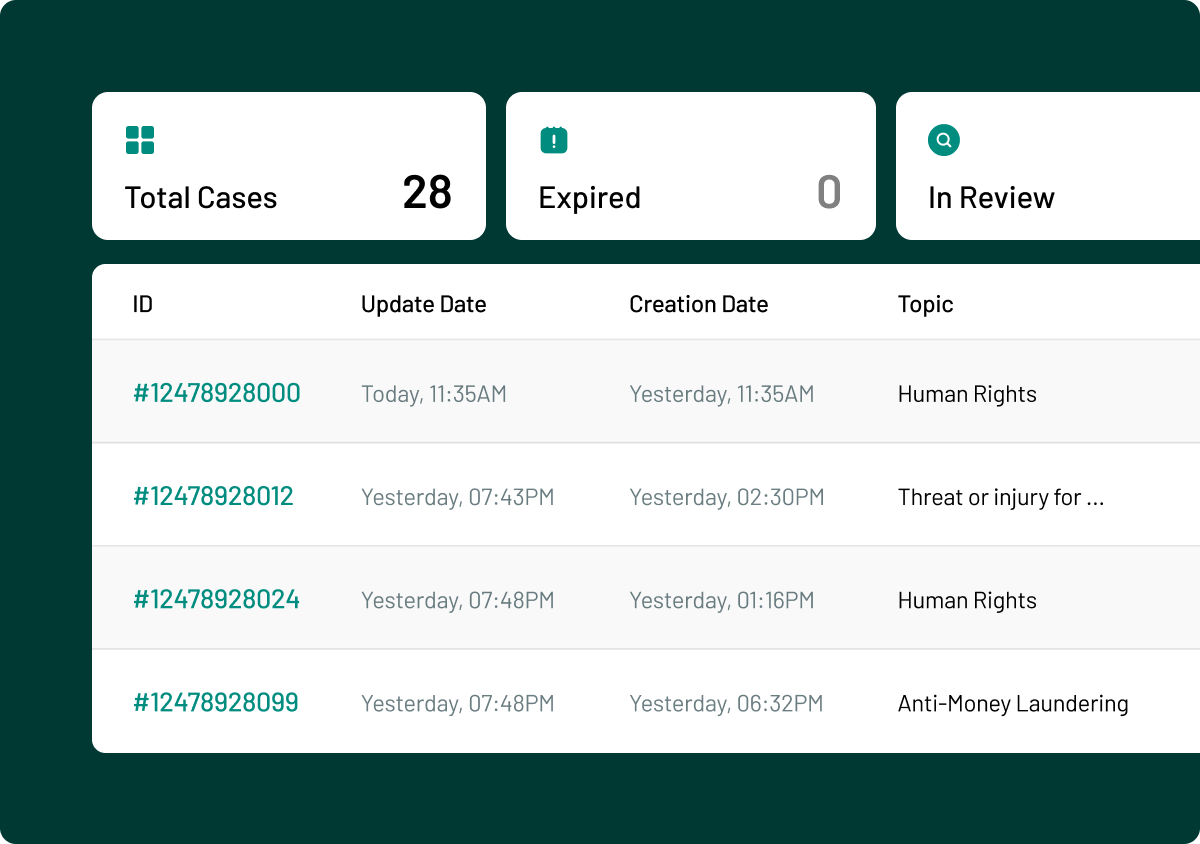
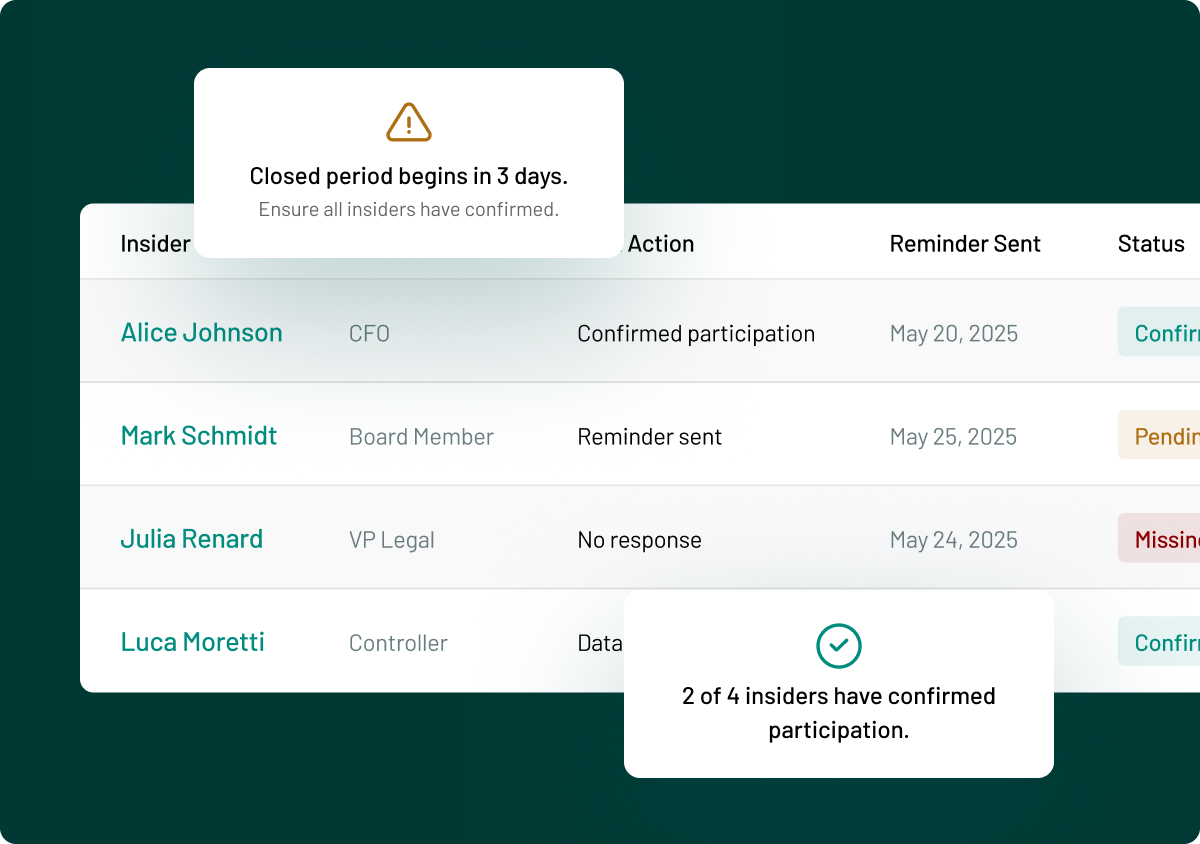
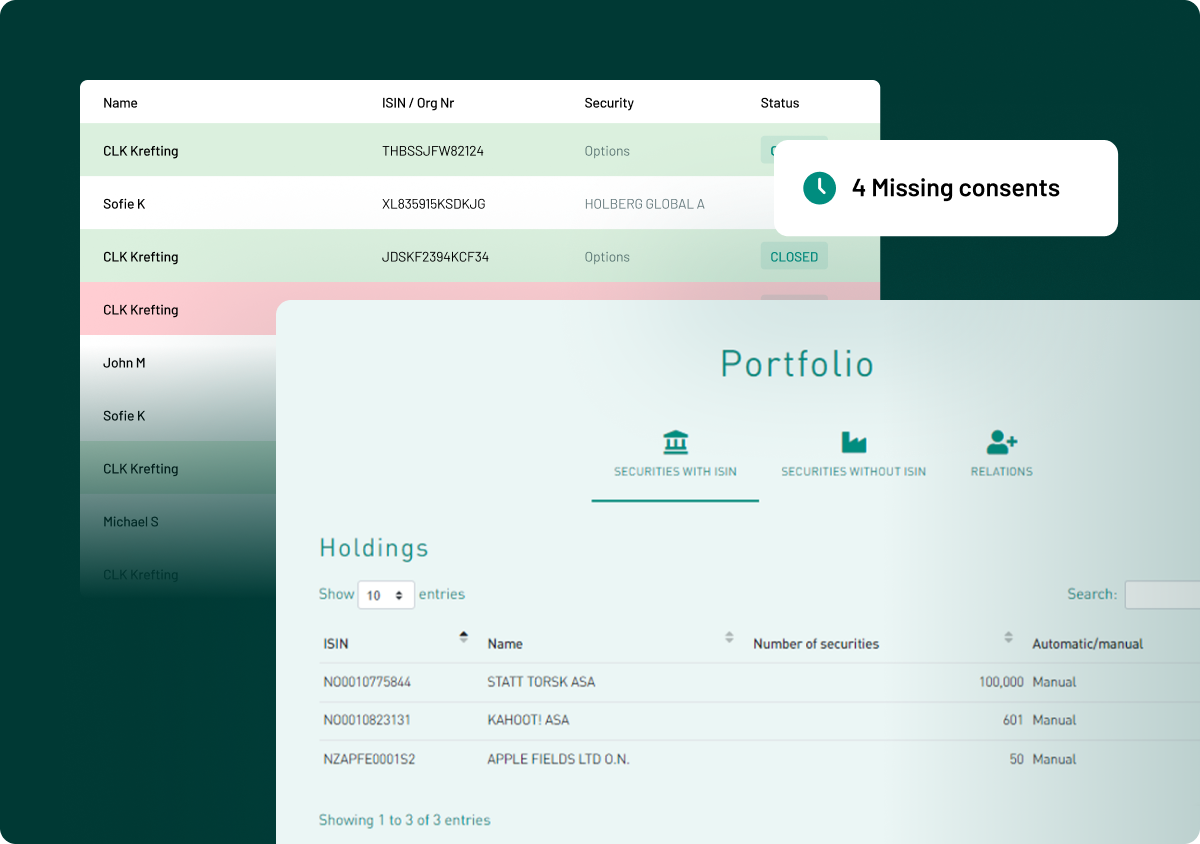
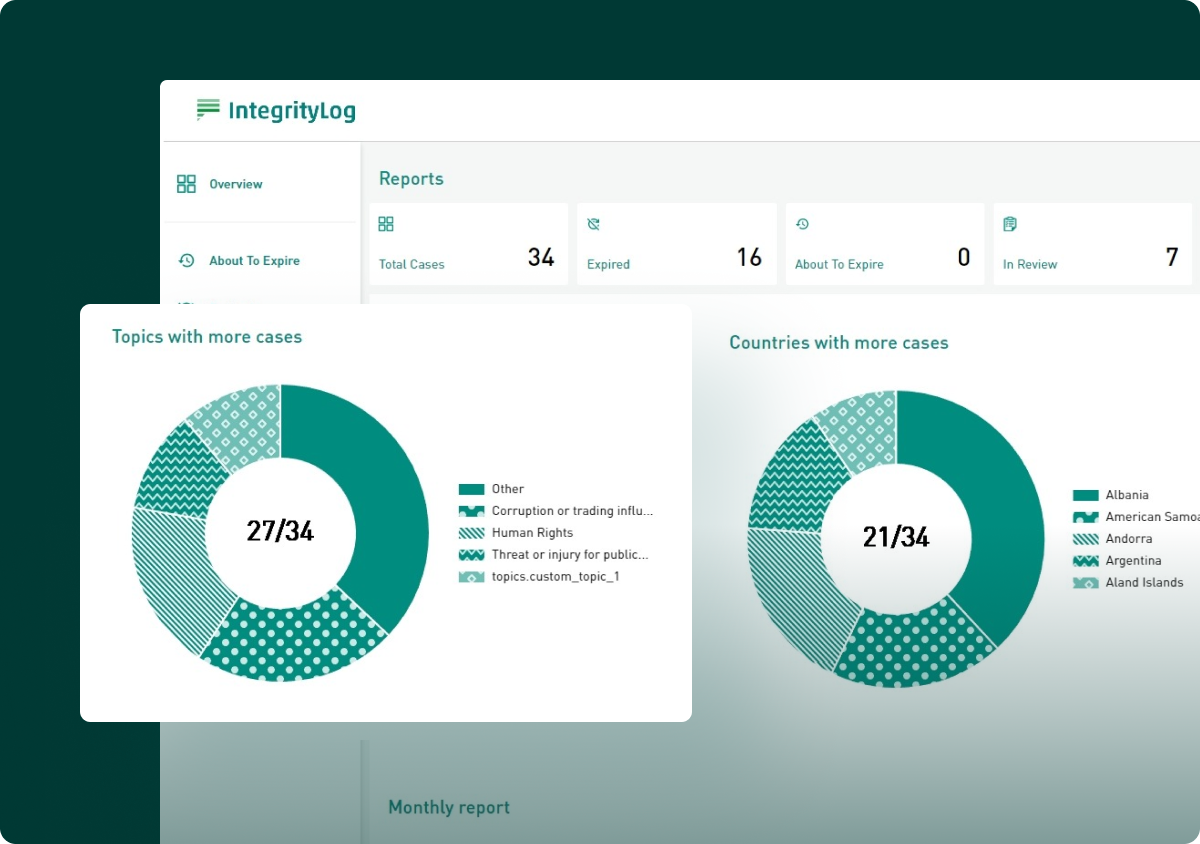
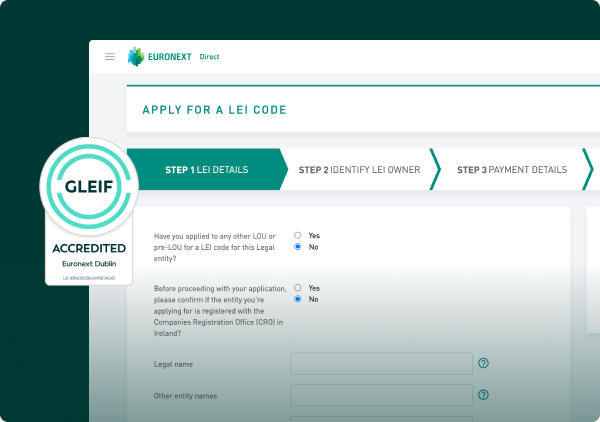

.png)
.png)







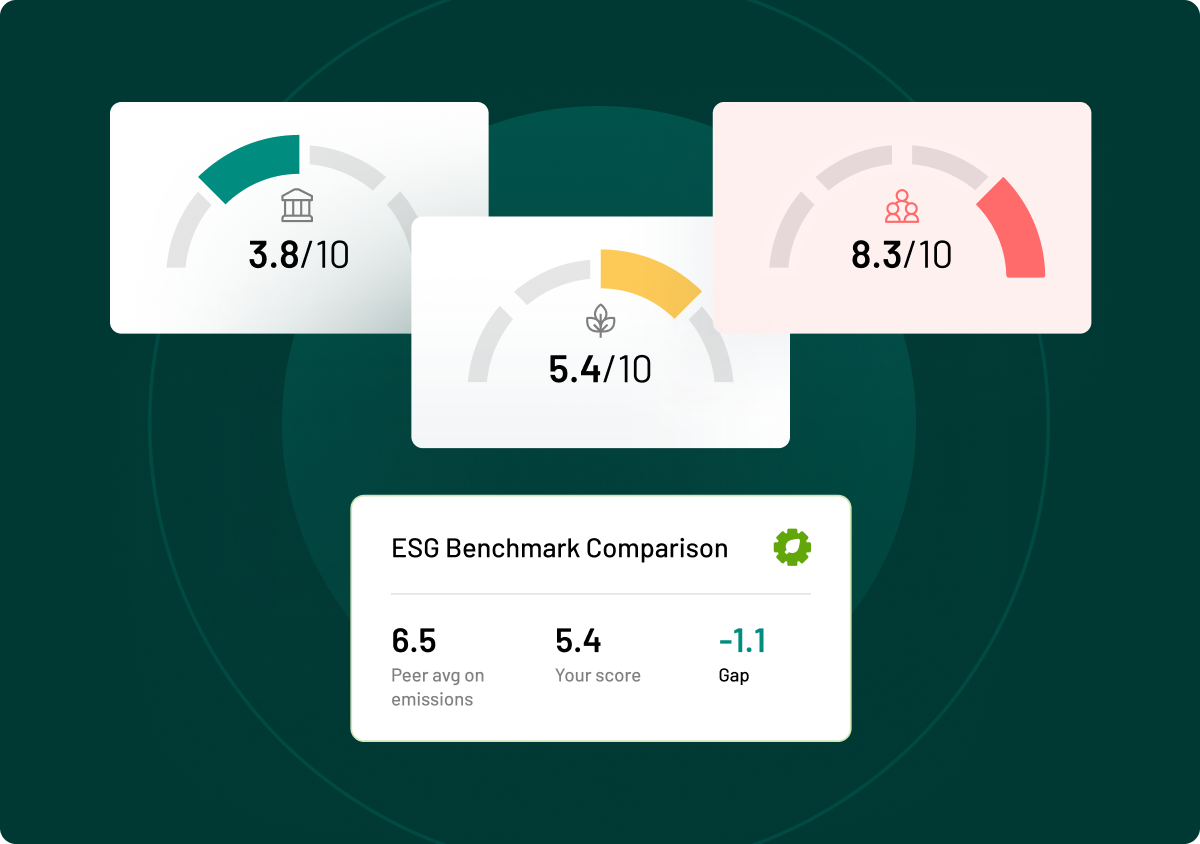






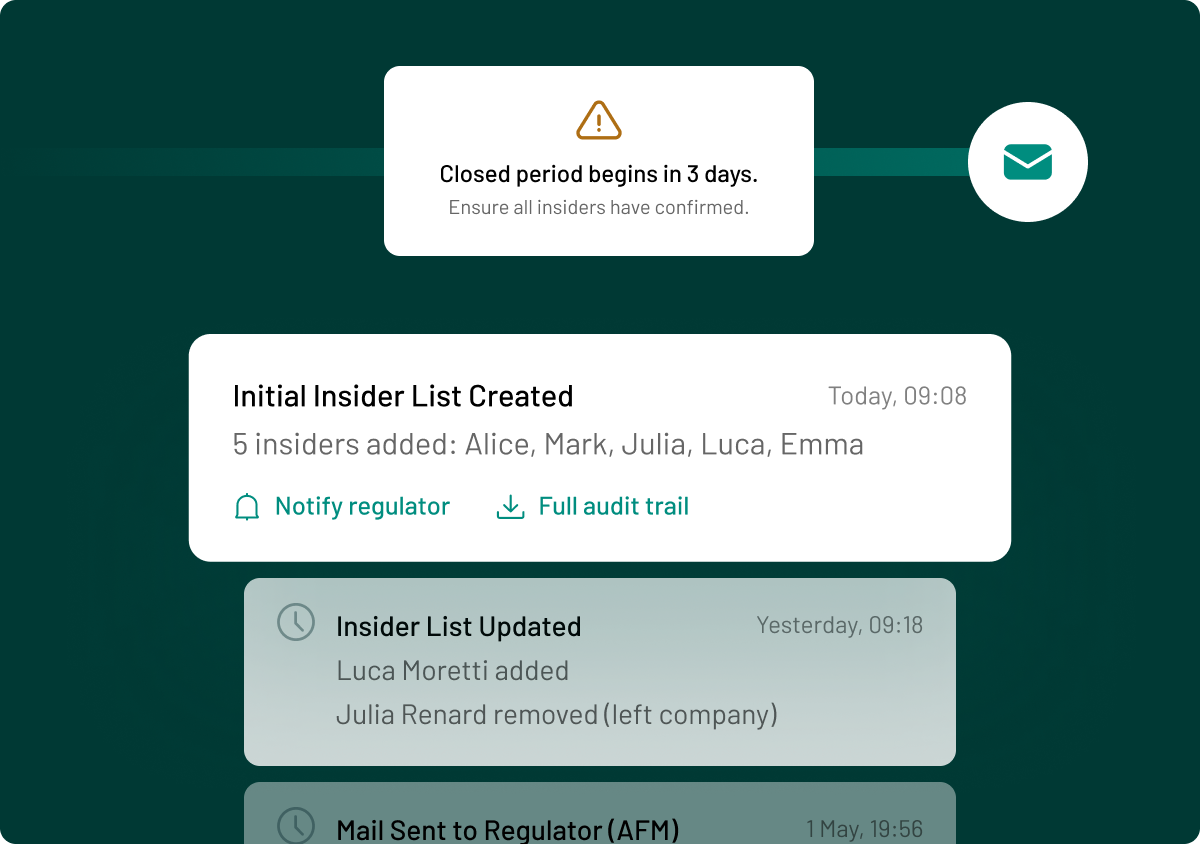
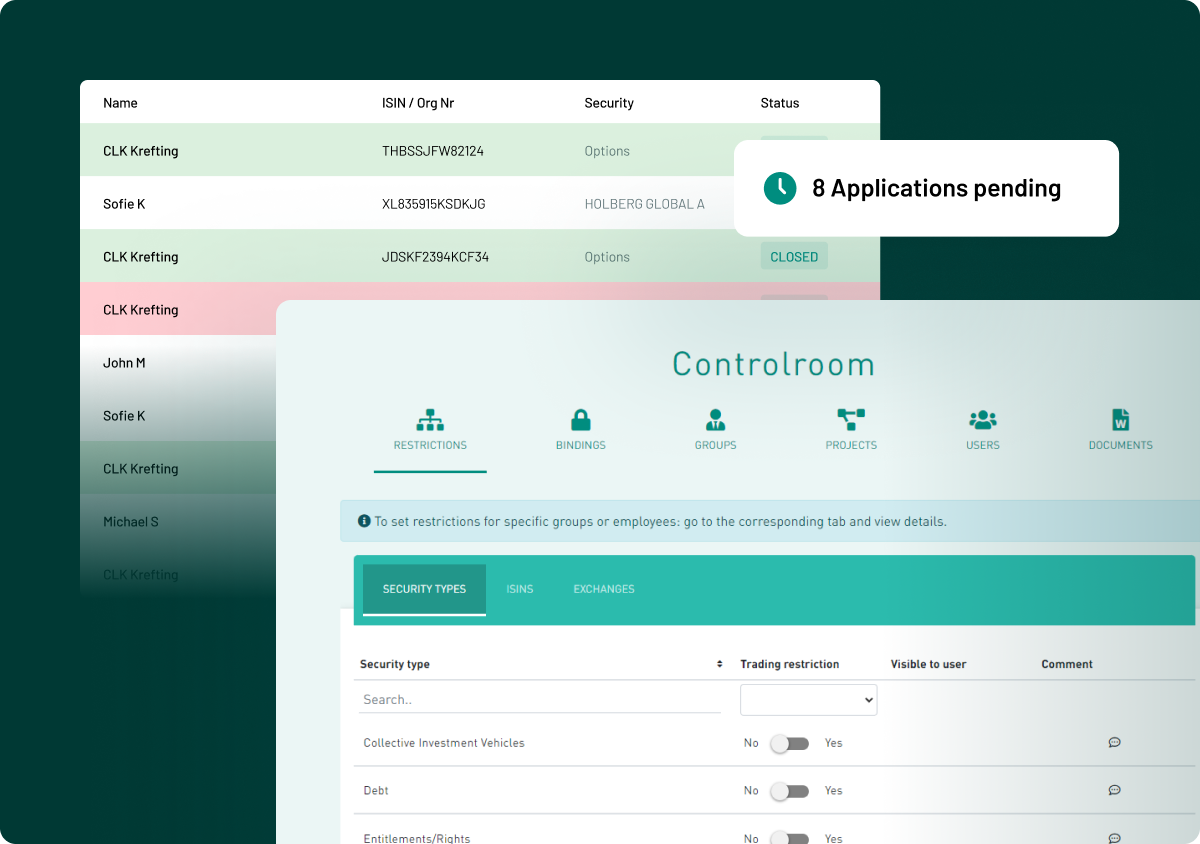

.png)
.png)






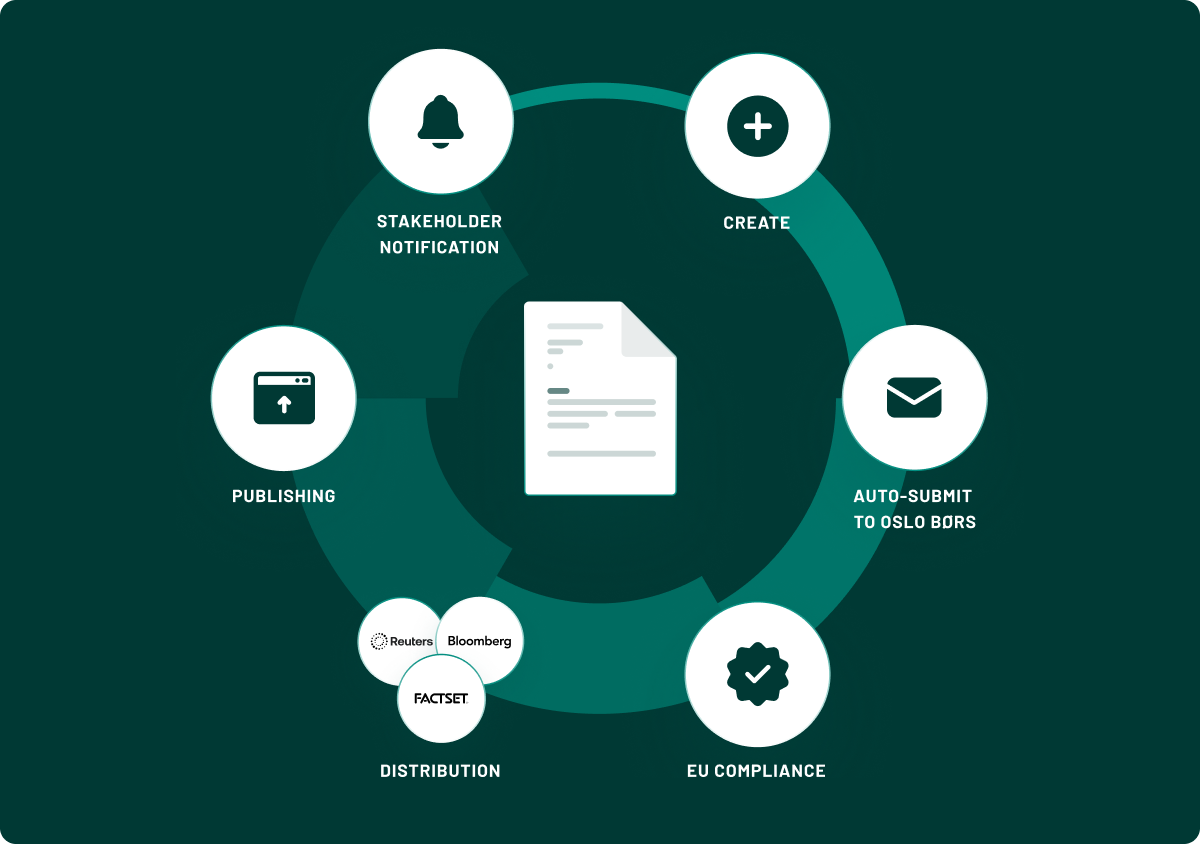
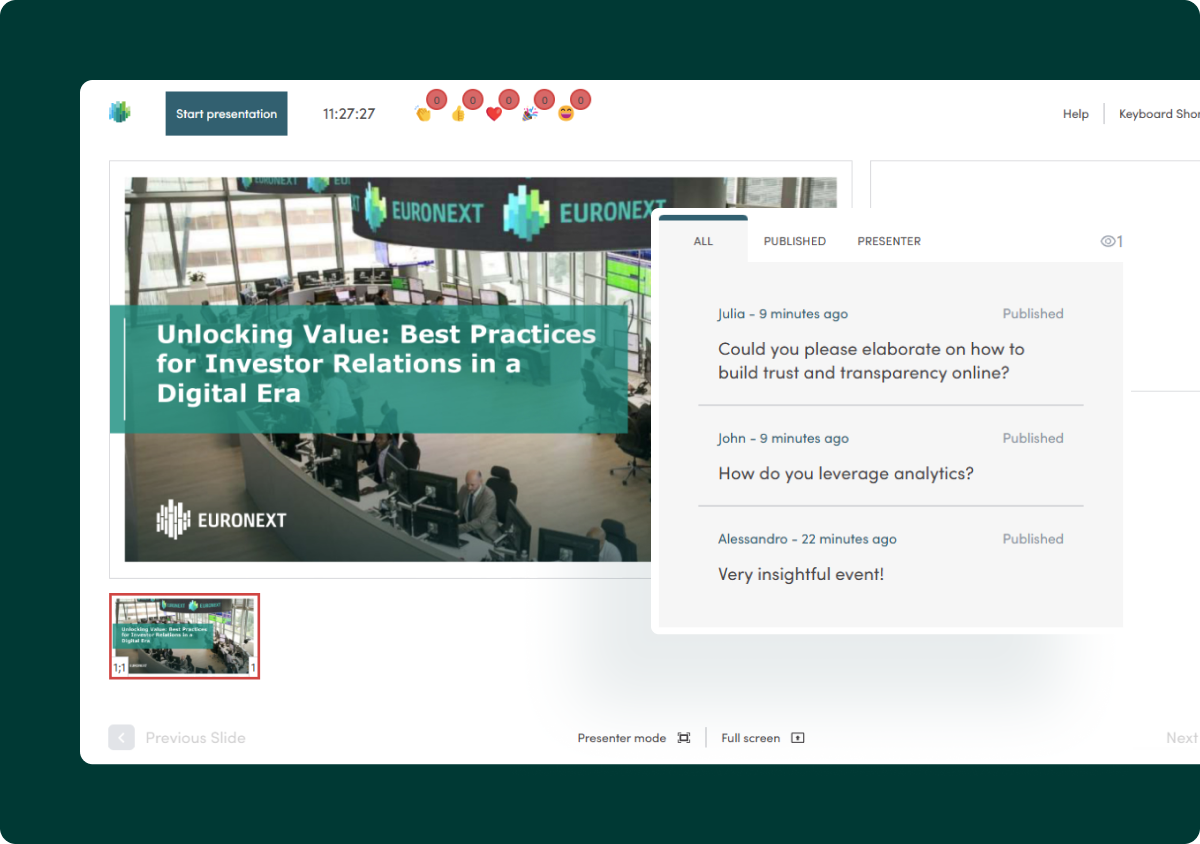








.webp)





